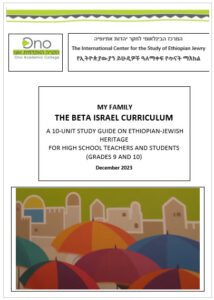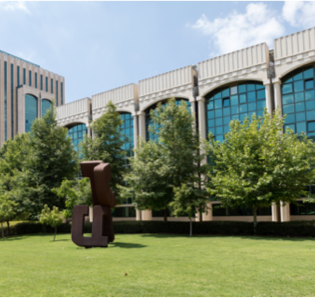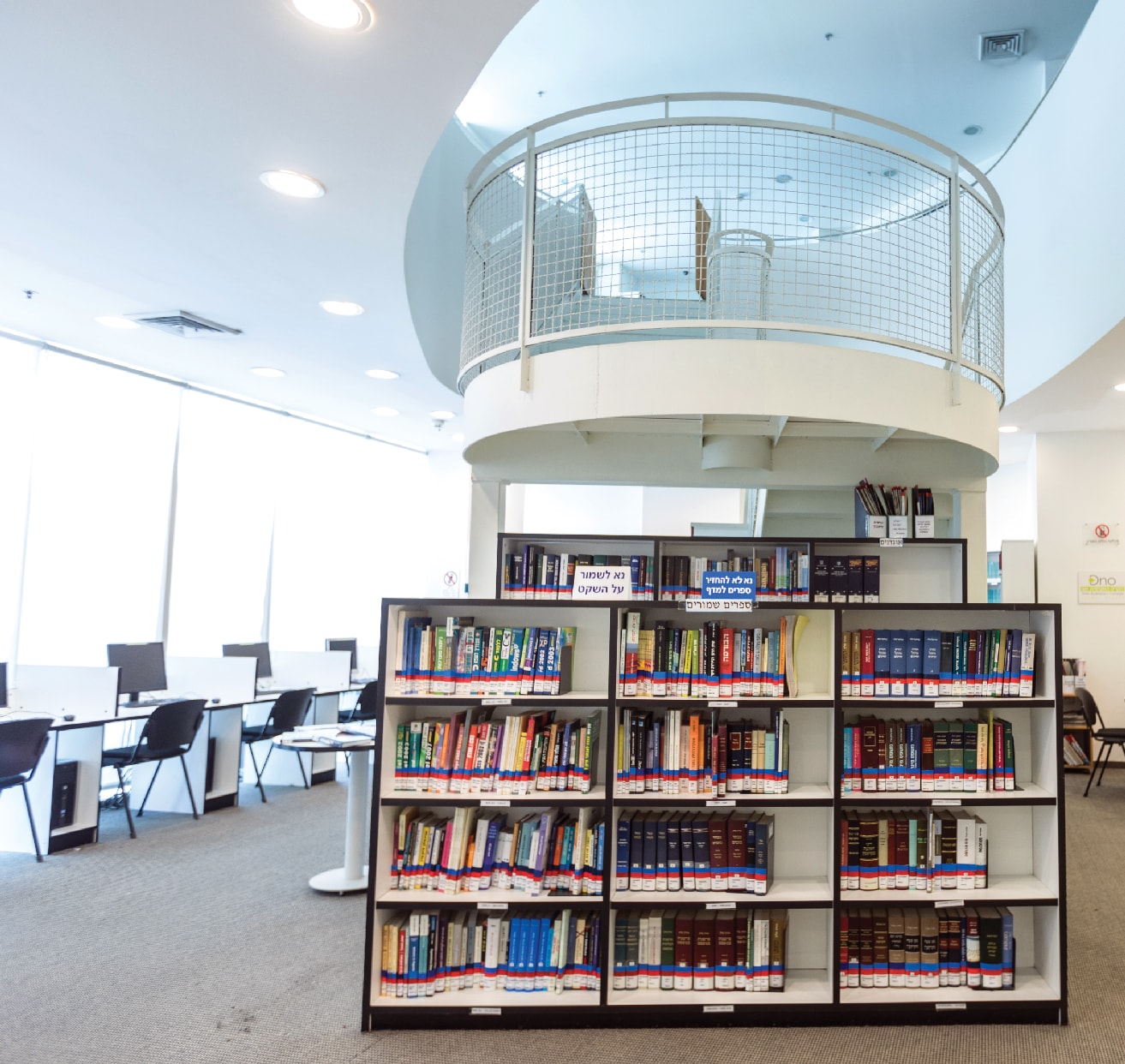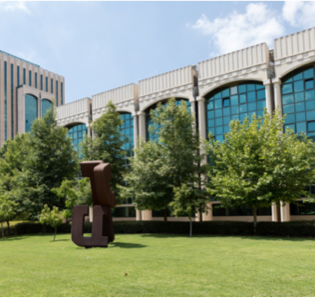MY FAMILY
THE BETA ISRAEL CURRICULUM

PRAYER
| Rabbi Dr. Sharon Shalom, From Sinai to Ethiopia, p. 75 |
| The Beta Israel followed the practice of washing their feet when they left the house early in the morning to go to work, and when they returned home, for reasons of personal cleanliness and human dignity… This practice is mentioned in versions of the Talmud from the periods of the Geonim and the Rishonim. But it was not accepted as halakha, because today people do not usually walk barefoot. |
| Rabbi Dr. Sharon Shalom, From Sinai to Ethiopia, p. 81 |
| In Ethiopia, the synagogue was called masgid or beit mikdas or yetzulot bayit. People related to the synagogue with awe, as a real Temple…The synagogue structure was divided into three parts – the courtyard, the hall, and the kadesta kedusan (kodesh ha’kodashim or “Holy of Holies”). Only the kohanim entered the Holy of Holies, and the Orit (Torah scroll) was placed there…When praying, the congregants faced Jerusalem. Before entering the synagogue, congregants removed their shoes in respect for the sanctity of the site. They spread leaves on the synagogue floor, so as not to have direct contact with the floor. Inside the Holy of Holies stood the tevot (ark), and the Orit stood on top. Next to the Orit were additional garments for the kohanim and two jars – one with ashes from the parah adumah (red heifer), the other with holy water for sprinkling on the sacrifices… Up until the aliyah to Eretz Yisrael, the Beta Israel had a continuous tradition for the observance of all the biblical laws of purity and impurity. This included the laws of impurity relating to tumat hamet, contact with a dead body, and the means of purifying oneself from it with the ashes of the red heifer. |
| Rabbi Dr. Sharon Shalom, From Sinai to Ethiopia, p. 84 |
| [In contrast to rabbinic halakha which ceased the offering of sacrifices at the destruction of the Temple in 70 CE, the Beta Israel offered sacrifices throughout their 2,500 years of exile in Ethiopia]. The altar was located behind the synagogue, in the courtyard. It was square and built of stones, with a stone cornice surrounded by a fence. The altar was a sacred site, and no non-Jew was permitted to touch it. On it, the kohanim offered sacrifices. The main ceremony related to the altar was Pesiha (Pesach). A woman who gave birth offered a sacrifice of a goat, chicken, or bread at the conclusion of her days of impurity (forty days after giving birth to a boy or eighty days after giving birth to a girl, as specified biblically). Other sacrifices the Ethiopian Jews practiced included the biblical thanksgiving offering and the sin offering. |
| Rabbi Dr. Sharon Shalom, From Sinai to Ethiopia, p. 105 |
| In the world of the Ethiopian community, as opposed to halakhic tradition, there is no regular text for blessings – rather, each person says a blessing as he feels appropriate. Some say a few words, while others prolong their versions. The kessim also did not use a regular text for blessings. They did, however, use a regular introduction for blessings recited before performing a mitzvah, and the general content of these blessings was also regular. For blessings recited after performing a mitzvah, there was no regular text at all. (In Ethiopia, the Beta Israel recited blessings after performing a mitzvah, thanking G-d for helping them to complete it.) |







